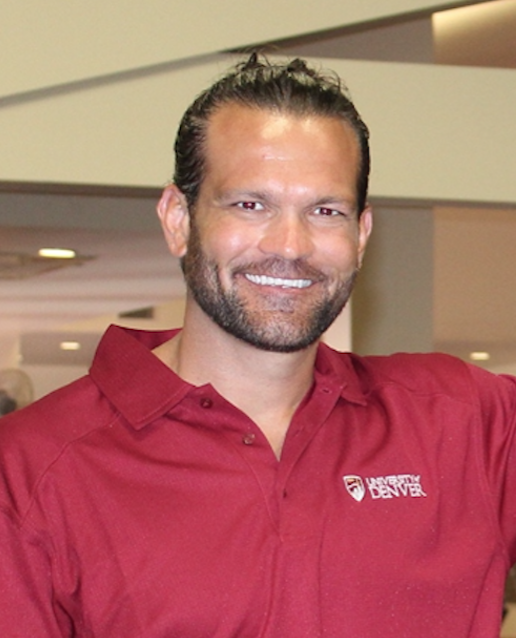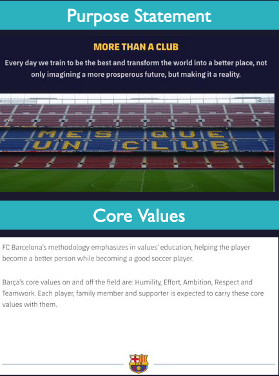Creating a Dynamic Culture
By Gonzalo Obando and Clayton Kuklick
Culture, shmulture…Who cares about the culture of a sports program?
Well, coaches and sport administrators do because it impacts the overall performance, provides a competitive advantage, increases productivity, and motivation of the group. Likewise, often the excuse for poor team performance that doesn’t reach expectations is the product of a poorly developed, weak, or toxic culture. So, the big question for a coach or leader is how to develop a good one over a poor one? Culture is like the personality or DNA of a program that contains the values and beliefs that are nourished by the individuals’ (athletes, coaches, stakeholders, etc.) interactions within the culture. Culture is important because the beliefs and values for what to do and how things are done, affects how athletes, coaches, and stakeholders perform, and likewise the entirety of the group. In this blog we will present, Waldera and Manchester’s (2002) three step model for strengthening a culture, which is one of many models that have been theorized to support developing culture.
Communicating Culture
The first step is communicating the culture, whatever it maybe, which ideally should have involvement from the entirety of the group. Nonetheless, the cultural values and beliefs must be rooted in reality, and communicated on a regular and consistent basis. Afterall, a culture is something that is engaged daily. To communicate the culture effectively, though, there is a need to engage three key variables: purpose, core values, and cultural norms. The purpose is basically the program’s fundamental reason for existing, like for example, developing athletes interpersonal, technical, tactical, and life skills (i.e., problem solving, organizational, teamwork, etc. skills). The core values are the program's enduring tenants, basically a small set of guiding principles that support the purpose, like for example having integrity and being respectful to others as essential values for engaging the purpose. Cultural norms are the attitudes and behaviors that express those underlying purposes and values. As such, communicating cultural norms entails clearly showing and demonstrating that what is said to be done, is being and getting done. One example of this first communication step can be found on FC Barcelona’s Foundation website.
Clearly FC Barcelona’s Foundation has the purpose statement of “mes que un club”, which in English means more than a club, and one aim is to “….improve the quality of life.” The values which include humility, effort, ambition, respect, and teamwork, defend and yet engage that purpose statement by emphasizing values on and off the field. Each player, coach, family member, stakeholder, and supporter are expected to carry these core values with them.
The cultural norms are communicated by showing the actions, behaviors, and attitudes which reinforce and evidence the purpose and values of the program. As such, “Playing sport has meant a remarkable improvement in his motor skills, but also in his eagerness to live and to love.” highlights the cultural norms of the program in reflection of the purpose and values. While these aren’t the only ways in which the FC Barcelona foundation communicates their culture, it is expected that regularly and consistently the purpose, values and cultural norms are communicated and integrated with practical strategies both amongst the group and externally.
Measuring Culture
Step two is measuring the culture, which is very important because it's the only way to create quality assurance, provide feedback on areas of weakness, and/or ensure the culture remains effective and productive over time. If a culture isn’t measured and is left unchecked, gaps can start to form between what is intended to be achieved (i.e., purpose), the stated ideals (i.e., values), and the actions that guide norms. In this way, measurement allows for the tracking of culture and to be a signal for its management and further development. Two general forms of measuring culture can be done qualitatively (i.e., non-numeric) and quantitatively (i.e., numeric). The key aspect for measuring culture entails connecting the purpose, values, and cultural norms to data sources (i.e., qualitative or quantitative) that provide information on their affects. With FC Barcelona’s purpose and values in mind, as an example, if one part of the purpose is the improvement of the quality of life of vulnerable children, then this should be measured in some shape or form. If teamwork, ambition, respect, and effort are values, then these should be measured as well, which may take some creative thinking. Perhaps, counting acts of respect to teammates in a practice activity (i.e., drill) or analyzing athlete’s responses to ways they demonstrate respect to teammates in certain situations, might provide indication on the culture’s development of respect amongst the group.
Adapting Cultural Norms and Practices to Create Alignment
Once a culture is communicated and measured, gaps and priorities are highlighted where cultural norms and practices are in need of adapting to align with the purpose and values. As such, the program needs to have mechanisms to adapt its culture through addressing weaknesses and as new challenges are faced. Any program goes through different cycles of trends, athletes, coaches, stakeholders, challenges, and potentials. This implies that the culture has to be dynamic, it can't be static, in aligning adapted cultural norms (actions and practices), with the program’s purpose and values. So, for creating cultural alignment, it is critical to involve coaches, athletes, and stakeholders in gaining alignment between cultural purpose and values, and actions and practices (i.e., cultural norms) of the program. This may involve using goal setting, gaining input on cultural expectations, and roles through daily and consistent activities and approaches integrated into the sporting environment. Like for example, integrating applications of the program’s purpose, values, or cultural norms into daily practice activities, individualized instruction, team tactics and decision-making strategies, strength and conditioning sessions, team discussions, and/or team cohesion activities. Then, from here, more global and formal processes, such as program reward mechanisms (e.g., sugar shaker award for being a sweet teammate), performance evaluations (e.g., quarterly athlete performance evaluation meetings and debriefs), and performance management (e.g., performance plans, goal setting) processes are implemented specifically to address alignment.
In this blog, we presented one model for cultural development that can be used as a thinking tool for strengthening a sporting culture. When culture is dynamic, based on clearly communicated, measured, and aligned purposes, values, and practices, the culture promotes behaviors that lead to growth. As such, the strength and power of a culture is dependent on alignment between actions and cultural norms that bring to the life the programs purposes and values.
Waldera, L. & Manchester, R. (2002). A publication on Culture Matters: How an intangible asset impacts growth.




